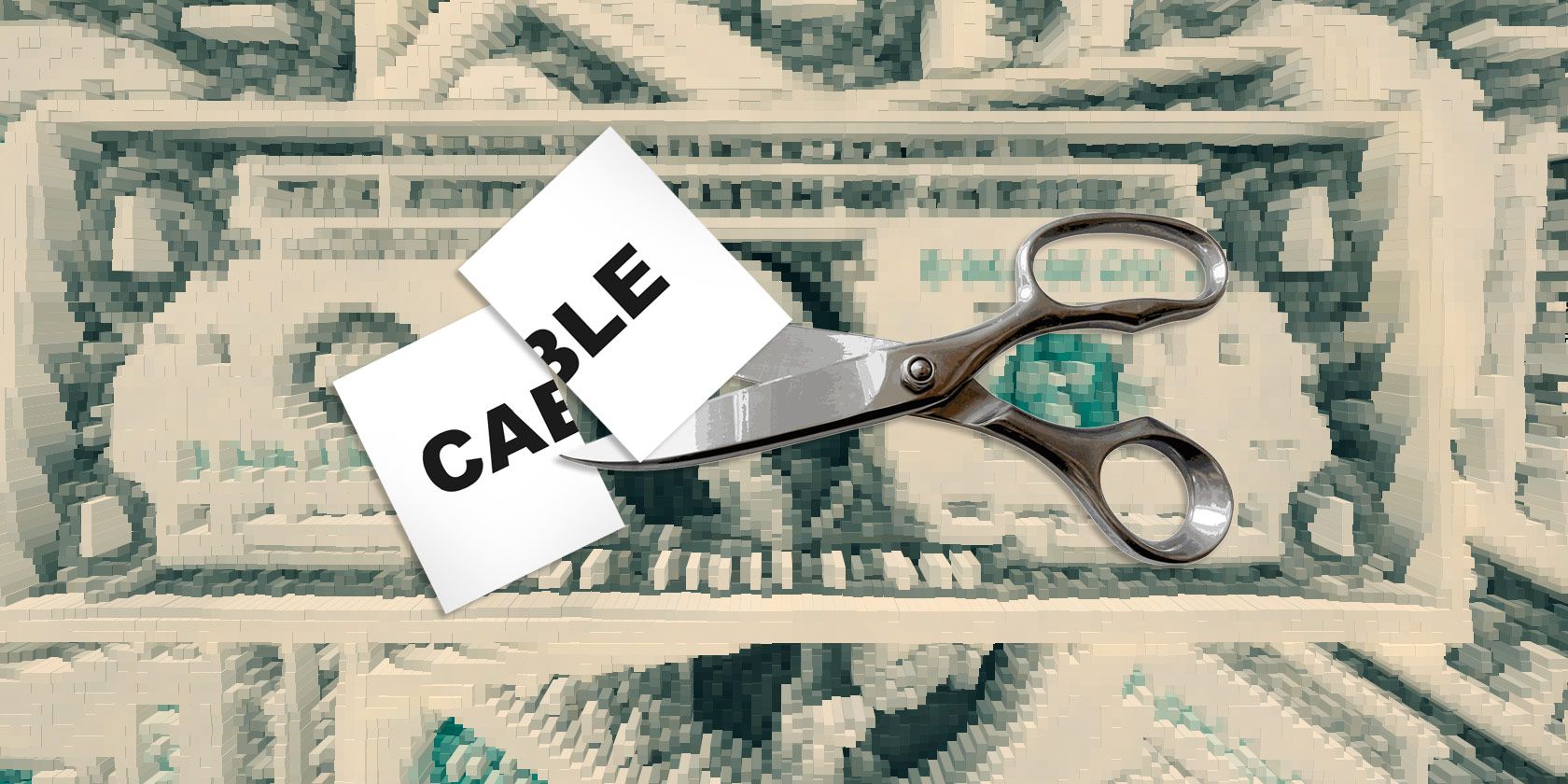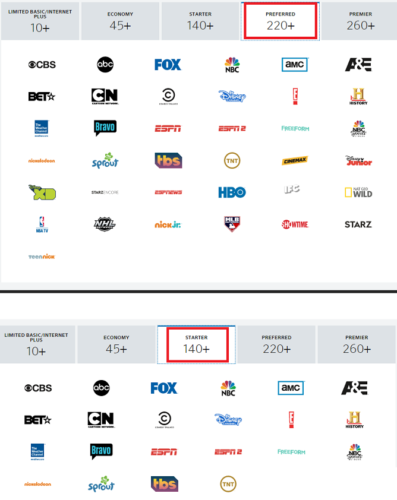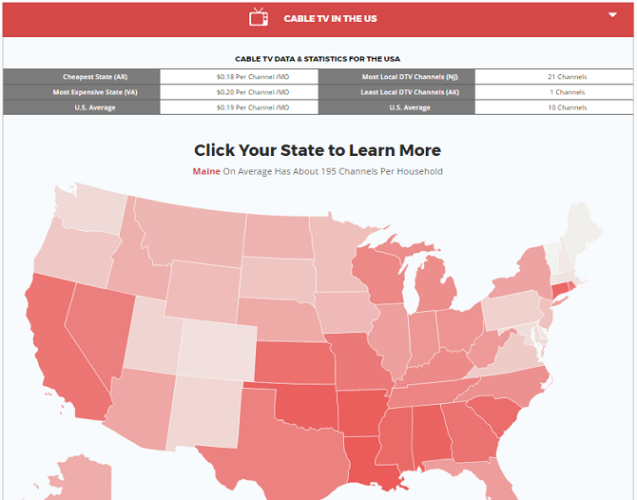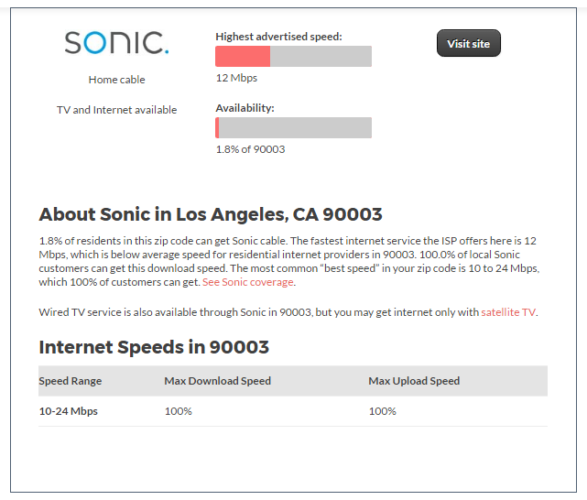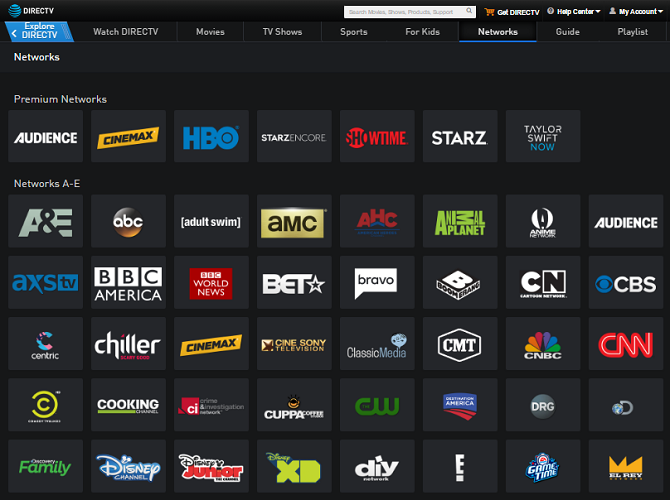Cable TV can be expensive. According to Fortune, the average American household now spends about $103 on television every month. Which is a lot of money.
Wouldn't it be fantastic if you could slash your bill dramatically? Even saving $50 per month adds up to $600 per year. Which would leave enough in the bank for a cheap family holiday or that new gadget you've been dreaming about.
If you want to shave some dollars off your monthly expenditure, keep reading, as we share the five simple steps to cutting your cable bill.
1. Log Your Viewing Habits
It's impossible to make an informed decision about your TV package without first understanding your viewing habits.
Spend a month logging your behaviors. You need to record data about which channels you watch and for how long, which shows you watch, which sports you watch, and how long you spend channel hopping.
You should also monitor which TVs are used most frequently, which rooms you spend the most time in, and make a note of how many hours of footage your family records on the built-in DVR.
The more data you can gather, the better.
2. Assess Your Current Channels
Now collate all the information and compare it with your current package. Print out the packages your cable provider offers and establish which package provides you with most of the channels you need.
You might find you're paying much more than necessary. For example, if 90 percent of the content you enjoy is covered by the "medium" package, and you're paying for a "deluxe" package, you should consider whether you're prepared to sacrifice the extra 10 percent and save a significant amount of money.
The differences between packages are often negligible anyway. Check out the variances between Comcast's "Starter" package and "Preferred" package in the image below. Once the introductory offers expire, the Preferred package is almost $25 more per month. Is it really worth it?
And of course, if you spend too long channel hopping and not enough time enjoying specific shows or channels, you might be able to cancel your cable subscription entirely.
3. Check Out the Competition
Next, repeat the process for the competition. Cable TV is a fiercely competitive sector; you might find that channels in your deluxe package are being offered in a cheaper bundle by another company.
If you're not sure which cable providers are available in your area, check InMyArea.com [No Longer Available]. Click on your state and the site will give you information about cable coverage, fiber optic coverage, and which providers have services available.
You can also check out DecisionData.org. Enter your ZIP code and the site will tell you how many cable operators are available, along with what percentage of the ZIP code they are covering.
If you have done the math and you're going to switch providers, it's worth biding your time for a couple of months to see if your new provider offers any new sign-up promotions. This is especially true if it's close to one of the annual holidays.
4. Slash Optional Extras
Most cable packages try and sell you three additional add-ons as a "must-have": DVR functionality, Ultra HD channels, and a multi-room capatibility.
Yes, they are nice perks, but they're not essential to your enjoyment. And for three services that most people will never take full advantage of, they're extremely costly. For example, Sky TV in the U.K. charges customers an extra £6 per month to watch sports in HD, a further £12 per month for a DVR box, and £99 per month per extra screen to output on three or more TVs.
Remember, if you subscribe to Netflix or another streaming service, you'll already have access to plenty of HD content. There are always ways to catch up on odd episodes of your favorite shows if you miss one.
And if you have lots of television sets in your house, why not sacrifice some content and save yourself a lot of money by buying a Roku for any sets outside your main living room?
To reiterate, it's why the first step is so important. You need to have a clear grasp of your personal situation before you can make a fair assessment.
5. (Partially) Cut the Cord
So you've found out you spend 75 percent of your time channel hopping, you only watch TV in one room in your house, the sports you enjoy can be streamed via YouTube TV, and most of the channels you watch live are available on DirecTV or one of its competitors.
Congratulations, you're a prime candidate for cutting the cord.
Of course, Cutting the cord entirely isn't for everyone, there are some important issues you need to consider before you cancel your cable subscription: how many devices will you need? Are your favorite programs available? What upfront costs will you encounter?
And even if you subscribe to cord-cutting services like Netflix, YouTube TV, or Hulu, and you enjoying using apps like Plex and Kodi, you still might not want to pull the plug on your cable or satellite package completely.
It's important to note that this isn't an either/or situation. Rather than cutting the cord completely, it's possible to engineer your own happy medium.
Using the logs you made earlier, why not work out a hybrid package to suit your own personal circumstances? Perhaps you can reduce your cable package to the most basic option and sign up for Netflix (but none of its competitors).
This, to cite just one example, would give you the best of both worlds while also reducing your total monthly expenditure.
How Have You Cut Your Cable Bill?
Working your way through all of these steps might sound like a lot of work, but it's important to realize you can never be truly confident you have the best deal for your situation if you don't have all the details available.
Stop just assuming you're stuck paying what you're currently paying. Instead, be a smart consumer and take the time to fully understand your situation. Ultimately, the more research you do at this stage, the more money you'll be able to save in the longterm.
Have you changed cable providers in order to save money? How did you ensure you got the best deal available? Have you found the perfect hybrid of cable and streaming services? If so, tell us all about your personal experience in the comments below!

